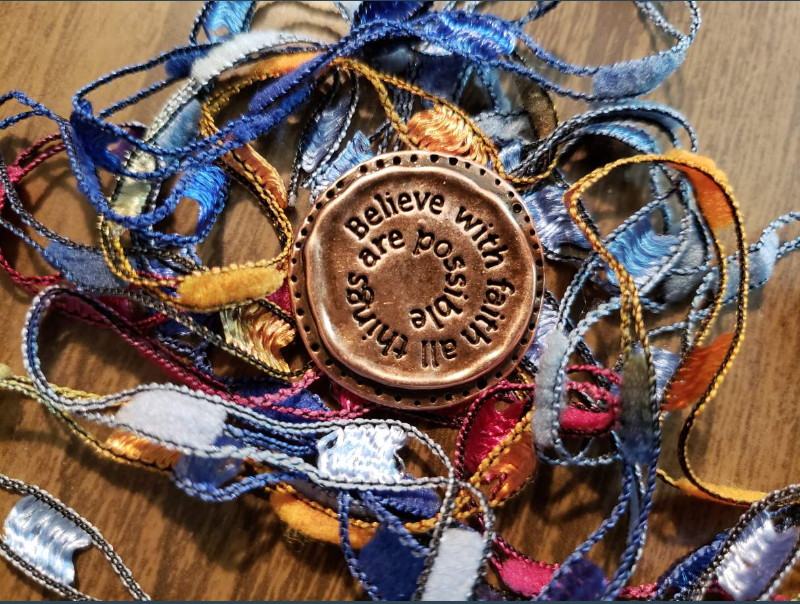Drinking a daily cup of tea will surely starve the apothecary.
– Chinese Proverb
I don’t know who decides these things, but rules are rules. January is National Tea Month, not to be confused with National Hot Tea Day (this coming Saturday, January 12) or National Iced Tea Month (June) or the United Kingdom’s National Tea Day (April 21). I’m certain there are more if you choose to look for them. (I don’t.)
Tea has been around forever, longer in fact than Christianity, by about sixty years. Officially discovered in 59 B.C., but more than likely around prior to that, tea has developed into a cross-cultural, multi-faceted sensation, sometimes a curiosity that has its own rituals, not only ethnically but also individually.
It’s been used for medicinal purposes. Still is.
It is offered monthly by my therapist, something to do with my hands, I suppose, although I usually settle on cold water.
It is the morning beverage of choice by a plethora of people, writers at keyboards, spiritual directors at retreats, teachers awaiting their classroom full of eager faces, business people scarfing down toast or filling travel mugs to take with. Many cups of tea grow cold during the daily work of their drinkers. I have the dregs of tea leaves and sugar granules at the bottom of my morning cup right now.
There are formal tea ceremonies, welcoming honored guests or memorializing those who have gone.
There is High Tea and Cream Tea, hot and cold bubble tea, and tea as an afternoon meal.
There are teas that aren’t teas – herbals and infusions, also called tisane that are easier to offer as tea than explain the difference between tea plants and other plants. Actor Benedict Cumberbatch recently went on a rant about chamomile not being tea at all (see my reference to tisane above; chamomile is a flower). On a related note, my friend Tom never removes his tea bag letting it continue to steep as well as teaching me long ago not to squeeze my tea bag (it makes the tea acidic), a practice that I now cringe at when I see others do it.
Tea has been used as protest, albeit a waste of perfectly good tea from Boston to Washington DC to Manchester, England (April, 2018), although in Manchester, he didn’t get rid of it, but serve it in protest to war (make tea, not war).
From its initial popularity in the Chinese Tang Dynasty to the drinking of tea that spread across Asia through Portuguese priests into Europe during the 16th century and soon after becoming part of UK culture beginning in the 17th century continuing through the present day.
It is India’s most popular hot beverage, and Ireland drinks by far the most tea in Britain at four cups per person per day, some as much as six cups a day.
Many people have their own recipe for the perfect cup of tea. I prefer to follow Douglas Adams’ specifications. I did this for a few years and it really was better; perfect, in fact.
Since getting our electric kettle, I drink tea nearly on a daily, sometimes multi-daily basis, and like to try new teas depending on my mood, although overall I prefer black tea as the base. When we went to Ireland and Wales for a family function, my kids brought back bags and bags of British candy; I brought back tea and Welsh cakes, and it still wasn’t enough.
For Christmas gifts this year, I blended my own Masala chai, which was a lot of fun, and I really enjoyed doing it, deciding how much of what to put in. I did have a base recipe (that I will share in a future week).
For the next three Wednesdays, I will share a different type of tea that I’ll have drunk during the week past. I’ll share something of a review, a photo perhaps, and links to find those teas plus at then end, possibly the first Wednesday in February, all the tea links I have. Even the grocery shelves have plenty to select from.
In addition to those four Wednesdays (including today), I will also share a few of my other tea posts from years past. If you can’t wait, just check the search box on the left and find some on your own schedule.
Onward to today’s tea:
Twinings Prince of Wales tea. Twinings has been manufacturing tea for over three hundred years, so I’m going to guess that they’ve gotten the hang of it.
The Prince of Wales tea is a bit less strong than the English breakfast tea from the same company that I often drink. It is also less strong (by a mile) than the Welsh tea I brought home from Wales. Part of the strength of the tea I brought home, which I should have read on the box is that it’s made specifically for the Welsh water. When I was there I didn’t notice a strength difference, but when I got home it was more than I’d expected. I’ve adjusted to it, but it took a few tries.The Prince of Wales tea is a lovely black tea that is mild and a bit woody. It is blended from several provinces in China and was originally created in 1921 for THE Prince of Wales at the time who went on to be crowned King Edward VIII. I like it both with and without milk and always with a bit of sugar. It’s my primary choice for the mornings to go along with eggs and toast, a bagel, or the ever more common for me, healthier oatmeal with craisins and granola. I can drink several cups of this a day and it’s also my go-to for a late afternoon cup. It’s good during the autumn and winter, but I have no prejudice – I’m a hot tea drinker year round.



